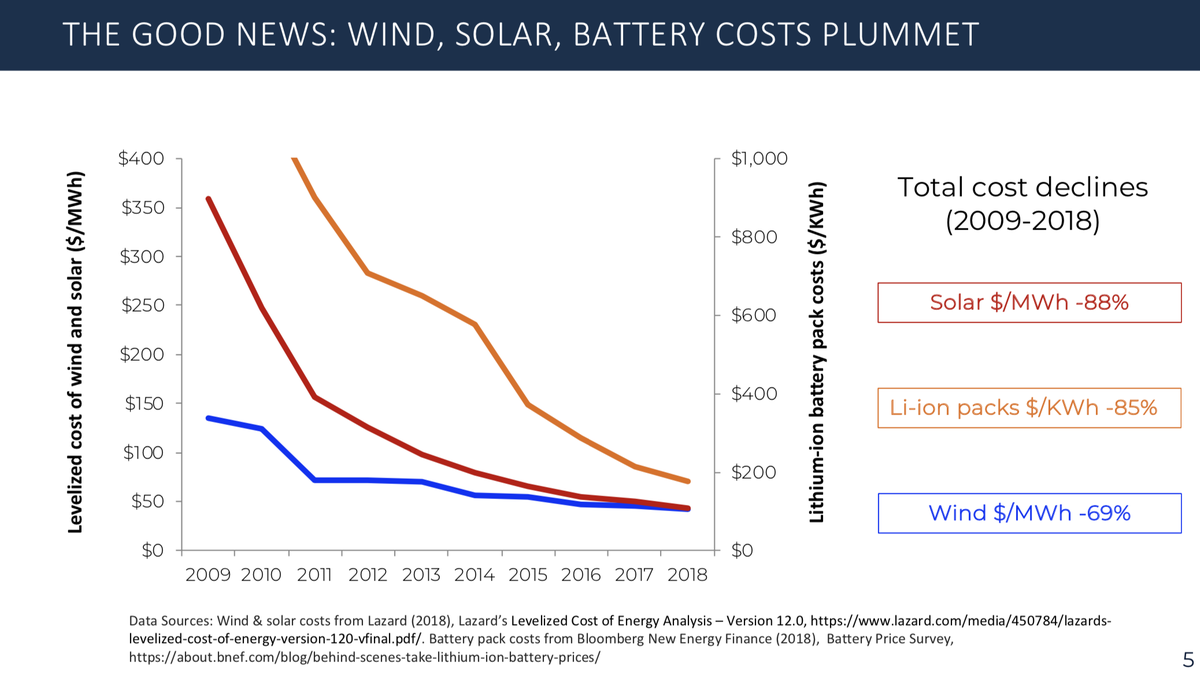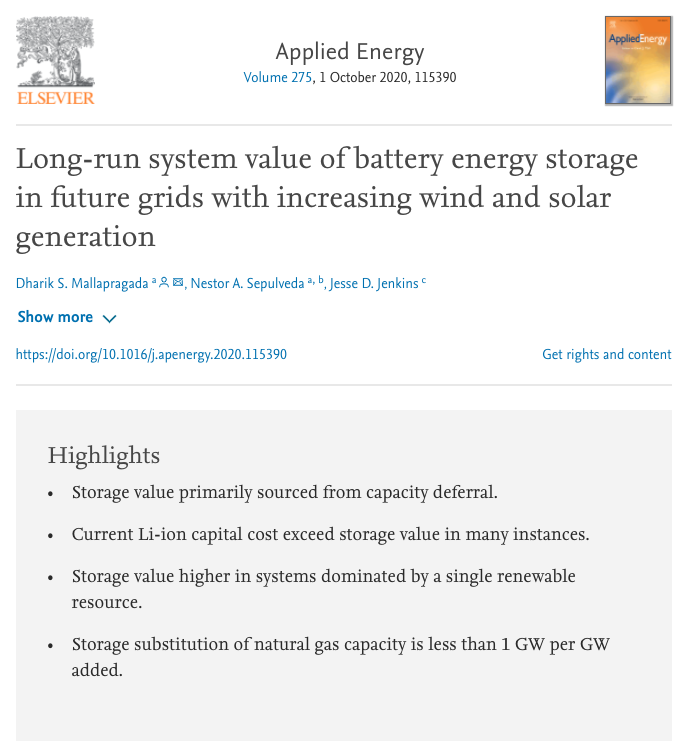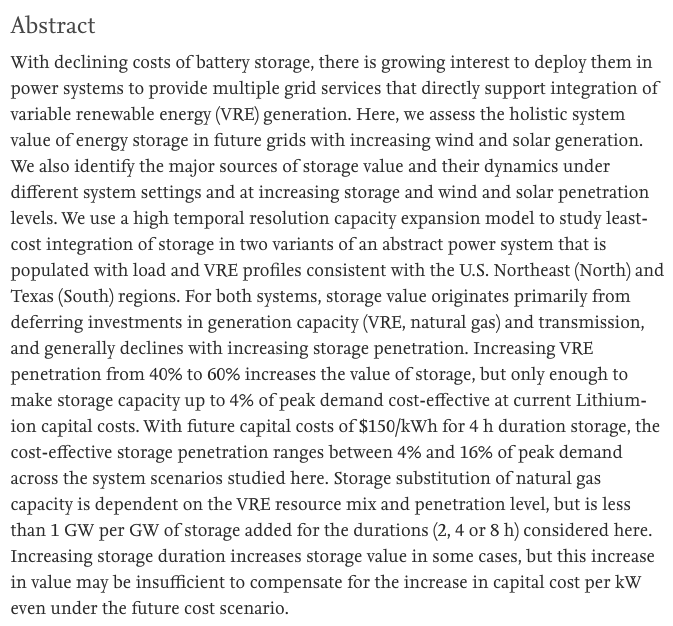
Fabulous news! The MA Legislature passed the #Climate Roadmap Act, which updates the 2008 Global Warming Solutions Act and provides statutory requirement to reduce GHG emissions to net-zero by 2050, in line w/@MassGovernor's 2050 Roadmap released last week
https://twitter.com/PJCavan/status/1346537105703354368
In Oct 2019, I helped organize a letter from 37 scholars & experts "to confirm that the scientific underpinning for [the 2050 Roadmap Bill] is sound, technologies exist to put us on a path to achieving the goals, and there are viable policy pathways for achieving the targets."
For more background, see this thread
https://twitter.com/JesseJenkins/status/1189256885192609792
I commend the MA legislature for passing this important bill & becoming the 7th state to enact a statutory commitment to net-zero emissions, and @MassGovernor & @EEASecretary for the executives leadership on the Massachusetts 2050 Decarbonization Roadmap mass.gov/info-details/m…
Special applauds to @JoanMeschino for leading the charge on the Roadmap Act in the legislature. I'm no longer a Massachusetts resident (alas), but I'm very proud of the Commonwealths' bipartisan commitment to building a clean & prosperous energy economy.
More details via WBUR wbur.org/commonhealth/2…
• • •
Missing some Tweet in this thread? You can try to
force a refresh





